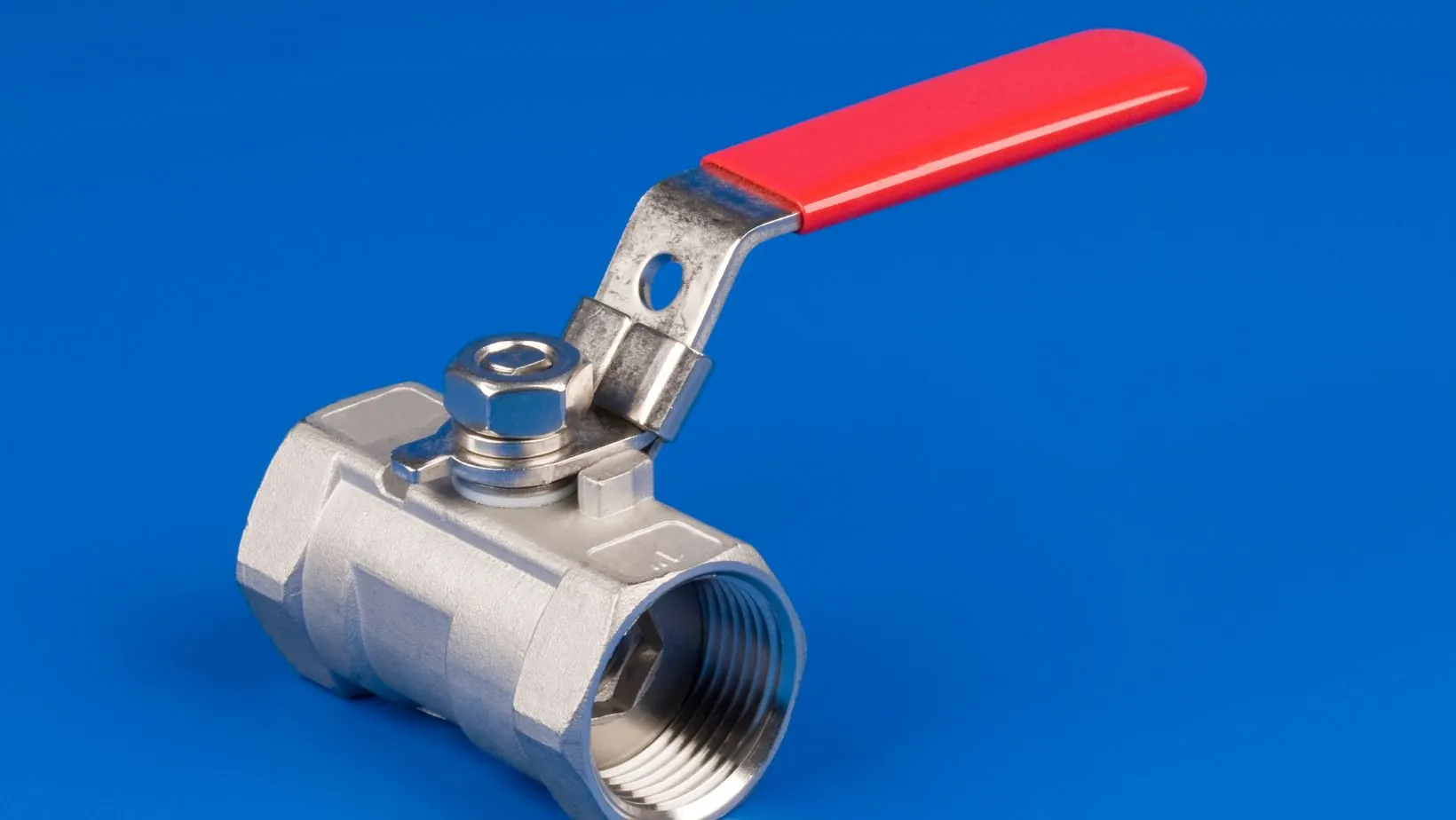Ever looked at plumbing or industrial setups and asked yourself—what do these round-looking valves actually do? Why are there so many types? Well, you’re not alone. Ball valves may look simple, but they do a lot of work behind the scenes. From keeping water flowing in your sink to controlling oil pipelines, these small parts do a big job. So let’s talk in simple terms about the types of ball valves and where you might use each one.
What Is a Ball Valve?
A ball valve is a type of shut-off valve that uses a round, ball-like disc to stop or allow flow. When the hole inside the ball lines up with the flow path, fluid passes through. When the ball turns and the hole closes, the flow stops. One quick turn and you control the whole line. It’s that simple.
Ball valves are loved because they’re quick to open and close, they don’t take much space, and they work well even after many years. They also seal tightly, which means fewer leaks.
Types of Ball Valves You’ll Come Across
Let’s go over the most common types. Don’t worry—this isn’t technical stuff. You’ll get the hang of it quickly.
1. Full Port Ball Valve
This one has a ball with a hole that matches the size of the pipe. That means flow is totally open—no restriction at all. Water or gas can move freely without being squeezed through a smaller gap.
Where you use it: In homes, factories, or anywhere you want high flow without losing pressure. Good for when you want full flow without anything slowing it down.
2. Standard Port Ball Valve
This type has a smaller hole than the pipe. So, it does restrict flow a little, but it’s still good enough for many jobs.
Where you use it: In places where you don’t need full pressure. It’s common in basic water lines, heating systems, or low-pressure gas lines.
3. Reduced Port Ball Valve
This one restricts flow even more than the standard port. It’s not meant for high flow but still does a neat job in many spots.
Where you use it: Usually in commercial or industrial systems where exact flow control is needed and pressure drop is acceptable.
4. V-Port Ball Valve
This type has a “V” shape cut into the ball or seat. That shape gives better control when adjusting flow. As the butterfly valve opens, the V-shape helps increase flow more smoothly.
Where you use it: In industrial places where you want to control the flow rate carefully, like in chemical plants or water treatment setups.
5. Trunnion Mounted Ball Valve
This valve has extra support at the top and bottom of the ball. That means the ball stays firmly in place even when pressure is high.
Where you use it: In high-pressure pipelines like oil and gas plants. It’s a top pick when strength and safety really matter.
6. Floating Ball Valve
The ball here is not fixed—it floats slightly. When pressure builds, the ball moves to press against the seat and seal tightly.
Where you use it: Works well in small to medium-sized pipelines, especially when low pressure is involved. It’s used in water systems, food processing, and more.
7. Three-Way Ball Valve
Instead of just two ends, this one has three. That means it can direct flow in different directions or combine flows.
Where you use it: In HVAC systems, sprinkler setups, and mixing lines where you want to control more than one flow path.
8. Leading Entry Ball Valve
You can open this valve from the top to do repairs. No need to remove the whole valve from the line.
Where you use it: Common in chemical plants and processing industries where quick maintenance saves a lot of time.
9. Side Entry Ball Valve
As the name says, this one is assembled from the side. It’s usually easy to put together and check for problems.
Where you use it: Used widely in industrial lines where space allows for side access and where ease of installation is helpful.
How to Pick the Right Ball Valve
Now that you know the types, how do you choose the right one? It depends on a few simple things:
- What’s flowing through it? (Water, gas, oil, chemicals, etc.)
- How much pressure is there?
- Do you want quick shut-off or flow control?
- Do you need to maintain or repair it often?
- What size is your pipe?
When you answer these, it becomes easier to pick a type that matches your setup. And remember, there’s no one-size-fits-all. Each ball valve has its own place where it shines.
Why Ball Valves Are So Popular
People use ball valves everywhere for good reason. They last long, seal tight, and don’t need too much effort to turn. A simple quarter-turn gets the job done. Also, they don’t take much room and can be used with a wide variety of fluids and gases.
Even after being used again and again, they still keep working. And since they don’t have many parts moving around, they’re usually reliable without much maintenance.
Conclusion
Ball valves are like silent helpers in homes, factories, and industrial sites. You may not see them, but they’re doing their work day in and day out. Once you know the common types—full port, standard, reduced, floating, trunnion, V-port, three-way, top-entry, side-entry—you start seeing them everywhere.
Next time you notice one under your sink or in an industrial setup, you’ll know what it is and what it’s doing. Choosing the right one just depends on what you’re using it for. With so many types out there, you’ll always find one that fits just right.





